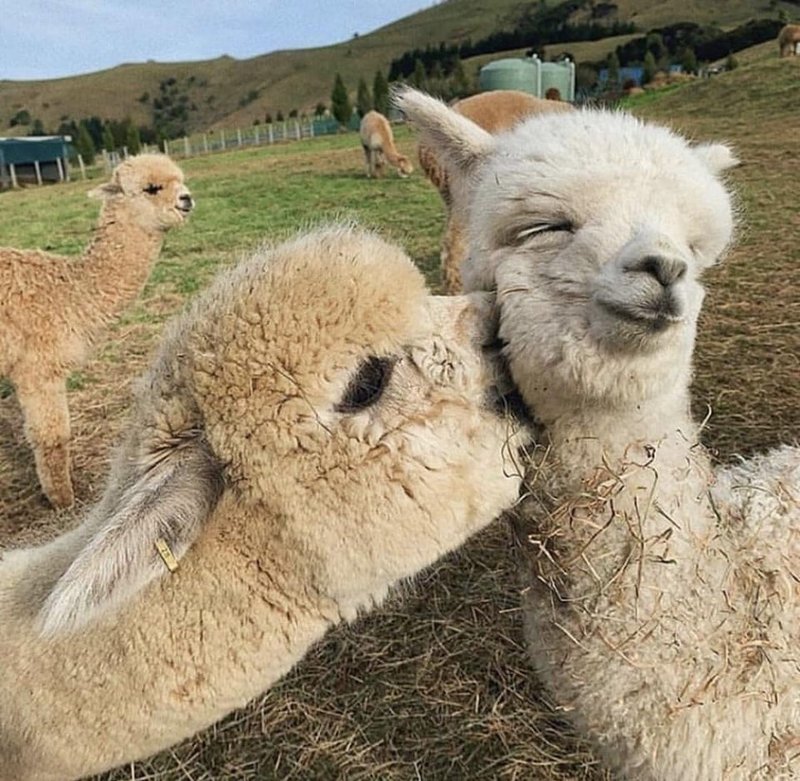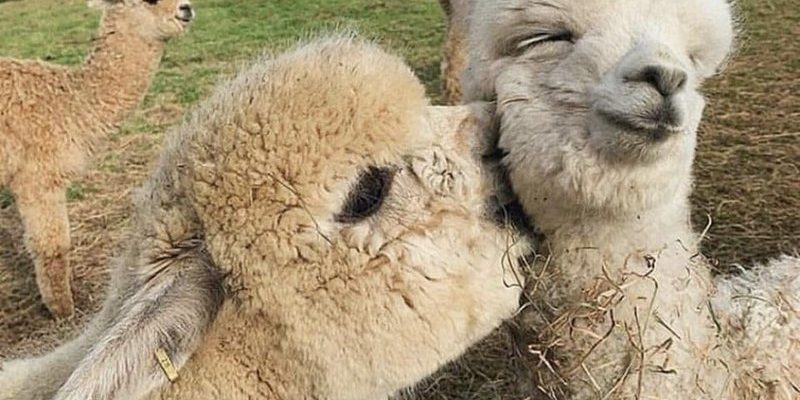
Llamas are social animals, much like dogs or horses. They thrive in groups, and having a buddy around makes their lives fuller and happier. Imagine being alone on a vast stretch of land with no one to share it with—pretty lonely, right? That’s how llamas feel too. In this article, we’ll dive into the importance of companionship in the llama world, explore their social needs, and discuss what it means for potential owners.
Understanding a Llama’s Social Nature
Llamas are naturally herd animals, which means they’re built for company. In their wild state, they live in groups called herds, where they bond and look out for each other. This social structure is vital to their emotional health. When llamas are kept alone, they can become anxious or depressed, which can lead to behavioral problems. Think about it: Just like us, they need friends for support and companionship.
Their social interactions play a crucial role in their overall well-being. Llamas communicate with each other through various vocalizations, body language, and even physical touch. They’ll hum, grunt, or emit a soft clucking sound to express their feelings. If you observe them closely, you’ll see how they show affection by grooming one another or standing close together. So, when a llama starts feeling isolated, it’s not just a case of “missing out”—it can genuinely affect their mood and health.
Why Companionship Matters for Llamas
Here’s the thing: Companionship isn’t just a nice addition to a llama’s life; it’s absolutely essential. When llamas don’t have other llamas around, they can experience significant stress, which might lead to physical and mental health issues. Imagine living in a big house all alone without any family or friends—eventually, it would get to you.
Isolated llamas may display signs of stress, such as pacing, excessive vocalization, or refusing to eat. To keep your llama happy and healthy, consider getting at least two llamas or pairing one with another social animal, like a goat or sheep. They’ll keep each other entertained and engaged, which is especially important if you’re busy or not available all the time.
What Happens When Llamas Are Alone?
You might be wondering what the specific effects of loneliness are on llamas. Well, when they lack companionship, they might show some pretty obvious signs. For instance, a lonely llama can become withdrawn, spending more time standing alone or not engaging in normal activities like playing or grazing.
Additionally, alone llamas can develop behavioral problems—like being aggressive or overly protective of their space. They might also become less social with humans, making it harder for you to bond with them. It’s similar to how humans can become grumpy or withdrawn when they lack social interaction.
So, if you’re considering bringing a llama into your life, be prepared for the responsibility of providing it with a companion. This might mean adopting another llama or even considering some form of regular interaction with other animals.
Choosing the Right Companion for Your Llama
If you decide to get a companion for your llama, choosing the right match is essential. Two llamas are usually the best option, but if that’s not feasible, certain animals can also make good pals. Here are some potential companions you might consider:
- Another Llama: This is the ideal choice, as llamas share similar social needs and behaviors.
- Alpacas: Smaller and gentler, alpacas can be great companions. They have similar social structures and grooming habits.
- Goats: Known for their playful nature, goats can keep your llama entertained. Just be cautious; make sure they get along well.
- Sheep: Often a good choice, sheep are docile and can provide that needed companionship.
When adding a companion, it’s crucial to introduce them slowly. Allow your llama to get familiar with the new addition gradually, as sudden changes can lead to stress or aggression. Think of it like blending families—taking the time to foster relationships can make all the difference.
How to Care for a Llama in a Companionship Setting
Once you have a llama and a companion, caring for them takes on a new layer of responsibility. You need to ensure both animals are happy, healthy, and well-socialized. This means providing enough space, proper nutrition, and social interaction.
Here are some tips for caring for your llamas in pairs:
- Shelter: Ensure they have a safe and comfortable shelter. Llamas love to stay cool and dry, especially in extreme weather.
- Diet: Feed them a balanced diet of hay, pasture, and grains. Ensure both are eating well, as competition for food can cause stress.
- Regular Exercise: Encourage play and exercise by providing ample space to roam and explore. This is crucial for their physical and mental health.
- Social Interaction: Spend time with them even when they have each other. Your presence can help build trust and a stronger bond with both animals.
It’s essential to observe their interactions. Strong social bonds can positively affect their mental health. Plus, you’ll have the joy of watching their unique friendships develop.
In conclusion, do llamas need companionship? Absolutely! These affectionate, social creatures thrive best when they have buddies around. Whether that means adding another llama or considering a compatible animal, ensuring your llama isn’t alone is crucial to its happiness.
So, if you’re thinking about bringing a llama into your life, remember: they’re not just pets; they’re parts of a social fabric. They need companionship to truly flourish. With a little planning and understanding, you can create a loving environment that keeps your llamas happy and healthy for years to come.

